Statements
by Urs Raussmüller
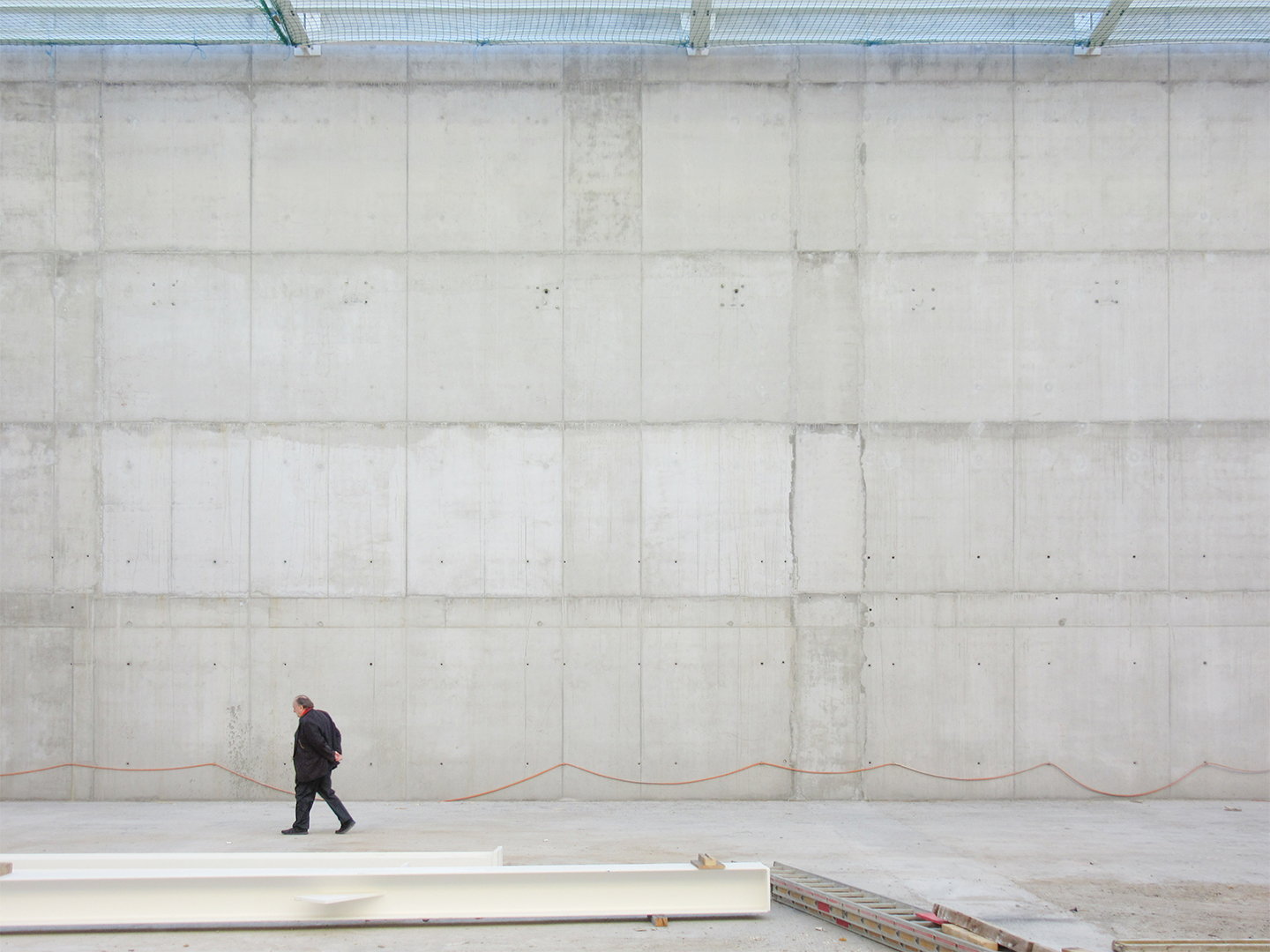
Perception
When we talk about art, then we have to talk about perception at a fundamental level. Perception leads to insights. And insights shape our consciousness, which then determines our actions. This doesn’t have to do with perceiving art in the usual sense. We are dealing here with life and the shaping of our individual and collective possibilities.
—
Art, when it is substantial, is a great tool to activate our perception and enable access to new knowledge that advances us. This insight results in a completely different approach to artworks than is found in the usual consumption of art. And, above all: art is not a special field in which this effect takes place; instead, it effects us all.
—
When I talk about perception, I mean perception with all your senses, not just your eyes—the perception of feelings, of presence and spatiality, in other words, of all that is happening beyond our field of vision. Even to the extent of becoming aware of all that plays a part in human perception—which comprises a lot more than what we take in with our eyes. In particularly demanding situations it is as though our skin is so thin that it is nothing but nerves. It’s a great experience when you can give yourself entirely over to perceiving such intensity.
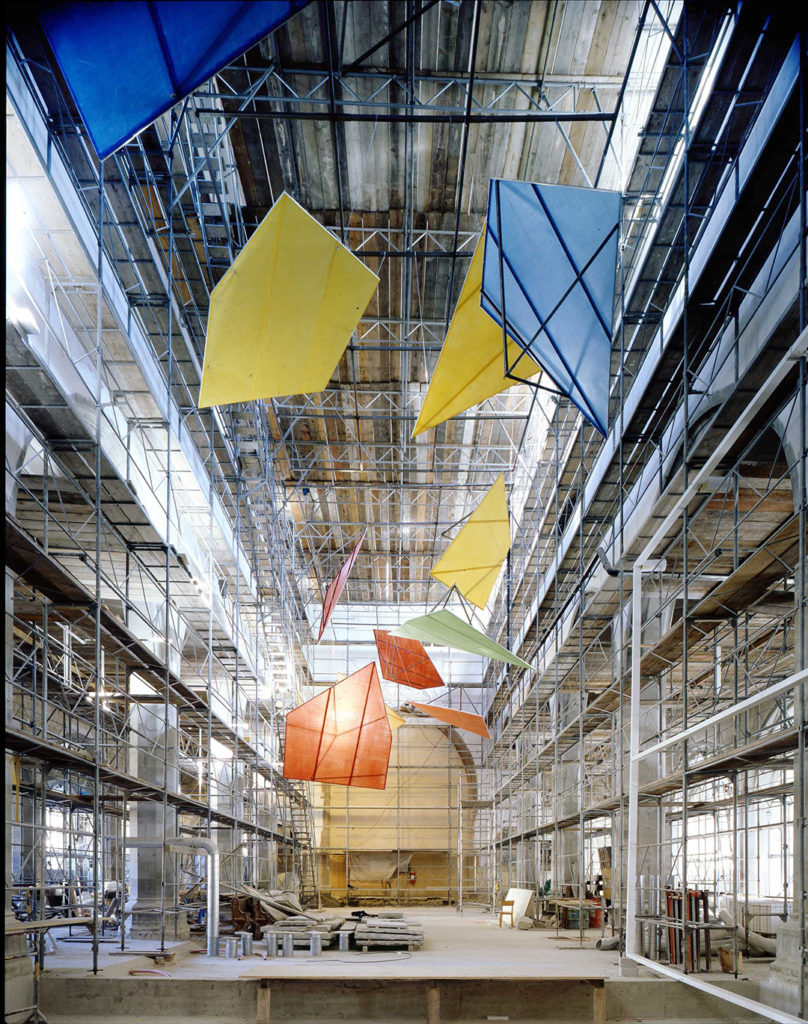
Seeing
Seeing is a process. It takes time. Seeing is not the momentary stating of a situation, but rather a continual, cumulative process.
The act of seeing demands attention. I have to be present in order to see into something. In this process I see more and more until I am finally so permeated by the object that I become one with it. In this moment my seeing emanates from the object itself. Now I can start to play with everything that I see. Here the most astonishing combinations appear. We could call these unexpected connections “fantasy”. They are processes that develop sudden dynamics; they are ideas that surface surprisingly and that allow us to connect everything with all sorts of things. These processes are at the root of a behavior that we call creativity.
When we have arrived at the point of becoming part of the observed phenomenon, then a completely different kind of seeing begins. It becomes all encompassing and alive. And it is a continual, active and extremely enriching process. One has to let seeing develop.
—
Seeing something new for the first time demands a creative act – labor for the brain. The more often this moment occurs, the more flexibly and quickly our brain can react. And if we get into this situation repeatedly, our ability to react, to switch gears, will increase. In the process, we may grind or skip gears – this is especially fascinating. Then we connect aspects that we had never before related to one another. And suddenly, we’ll have a flash of inspiration. An insight, an idea. When we become aware of how this works, then we can play with it and it becomes easier and easier to allow insights to occur.
The game of switching also allows us to recognize what happens in the in-between spaces, in the places that we don’t see. From here, new images then emanate, and we call this phenomenon: fantasy. Just think of what we could develop out of this! The more – and more consciously – we operate with these possibilities, the more flexible we will be in our reactions. We learn to shift gears more quickly, connect more things and allow new things to be created by combining the unexpected – basically, to be creative. When we support each individual’s creativity, we then initiate a process of consciousness that makes all of us participants in the shaping of society.
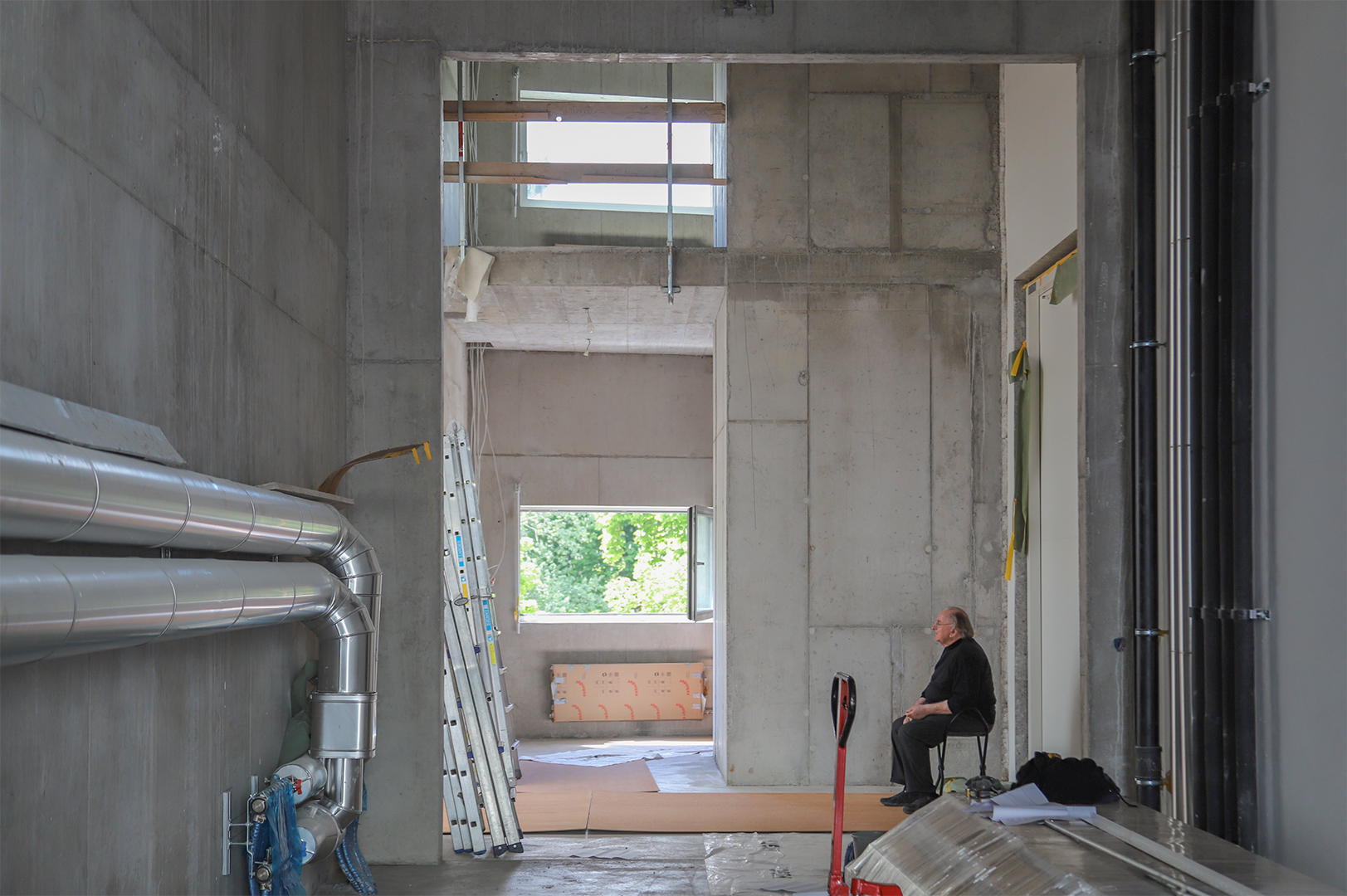
Creativity
Creativity is something that is inherent in us. We dispose of it, whether we know it or not. We have the wonderful ability to think up or build something that is beyond what we knew before. This means that we can create something that didn’t exist in this form before and only then exists because we placed it in the world. Only in that case does it become accessible to others. Anyone can understand this who thinks of creative chefs and their kitchen art. But we need this artistic ability in all areas.
In order for creativity to arise, our way of thinking must be loosened up.
It is only then that what we need for a creative intelligence can truly grow. Loosening up our way of thinking means getting our consciousness to move. Our thought and our consciousness are connected. However, thinking does not suffice if it remains at the level of what we are conscious of. It must be brought into a state in which it begins to think beyond what exists. Loosening up is the prerequisite for creative intelligence. Something else results that is bigger than just a simple cookbook. This is what we are looking for.
The entire apparatus of our passive consciousness stands in our way. So if we talk about what we need to overcome in order to reach something else, something new, then this is passive “audience” consciousness. It may be omnipresent, but nothing develops from it. To arrive at more, an act is necessary – and this includes thinking, intuition, my feelings and ideas, as well as creation. This is what I must pursue. The artists are showing us the way. Only if something has been realized can I then deal with it – whether it is thoughts, actions or works.
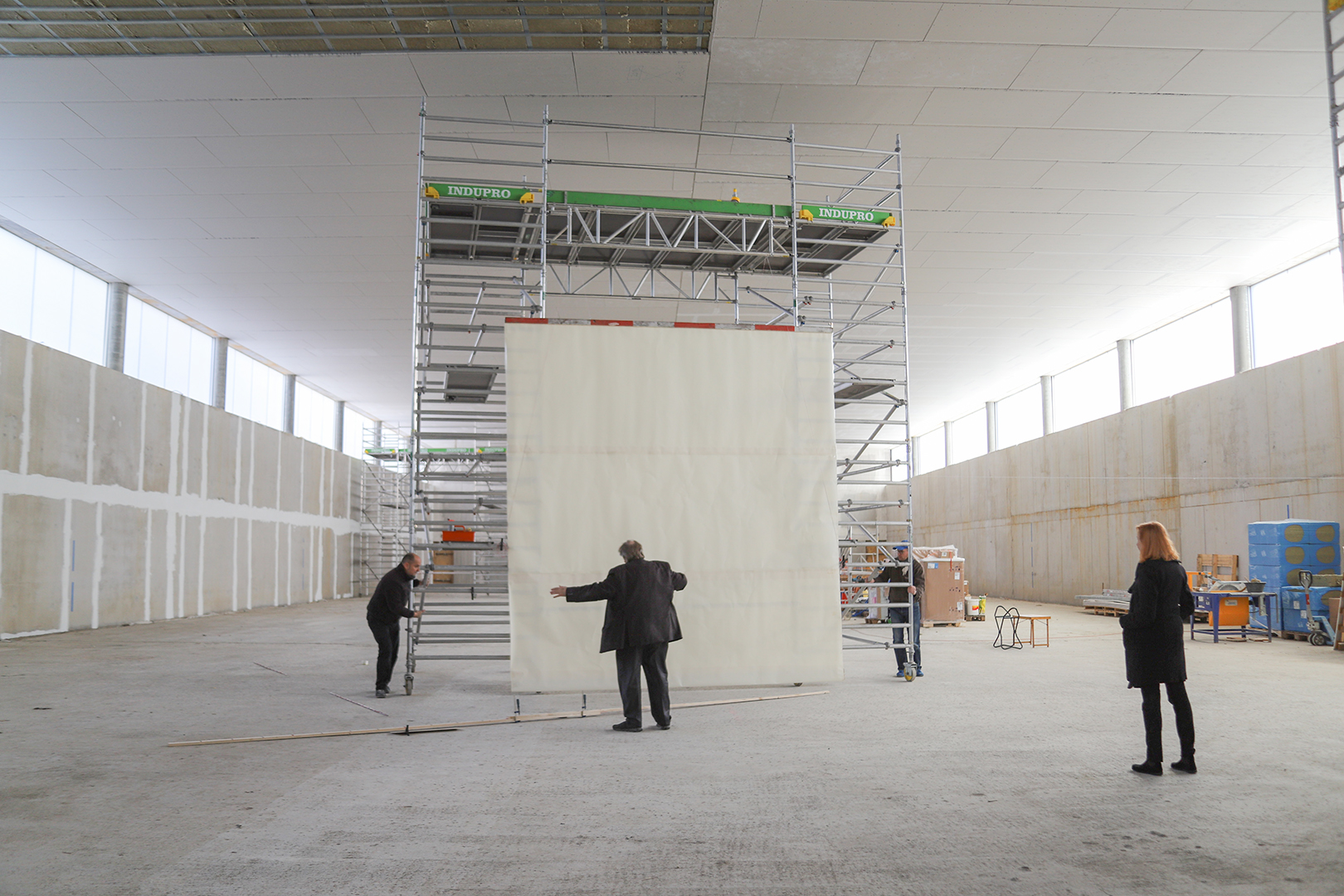
Individuality
The abundance of individuals is what makes our society so rich and colorful. Individuality becomes especially visible in New Art. Here we are dealing with a field in which the individual behavior is visibly emphasized. Each artist – assuming he is a real artist – creates own things that emerge from his specific personality. These things, the artworks, are a part of a larger process that includes the observers. With New Art they are challenged to abandon their passive state of observation and to become active themselves.
We can thus use art to become aware of our own individuality – this means the abilities that each of us has at our disposal and that can advance us as a society, assuming we use them in a responsible way.
Our culture’s foundation is our consciousness. There is no culture in and of itself, independent of individuals. The individuals are the ones that influence culture with their consciousness. These are often long processes that lead to a variety of phenomena. Our world shows us their diversity. Art, especially New Art, encourages us to prospectively expand this diversity with our own involvement. If we understand our behavior in this way, then the entire world is open to us.
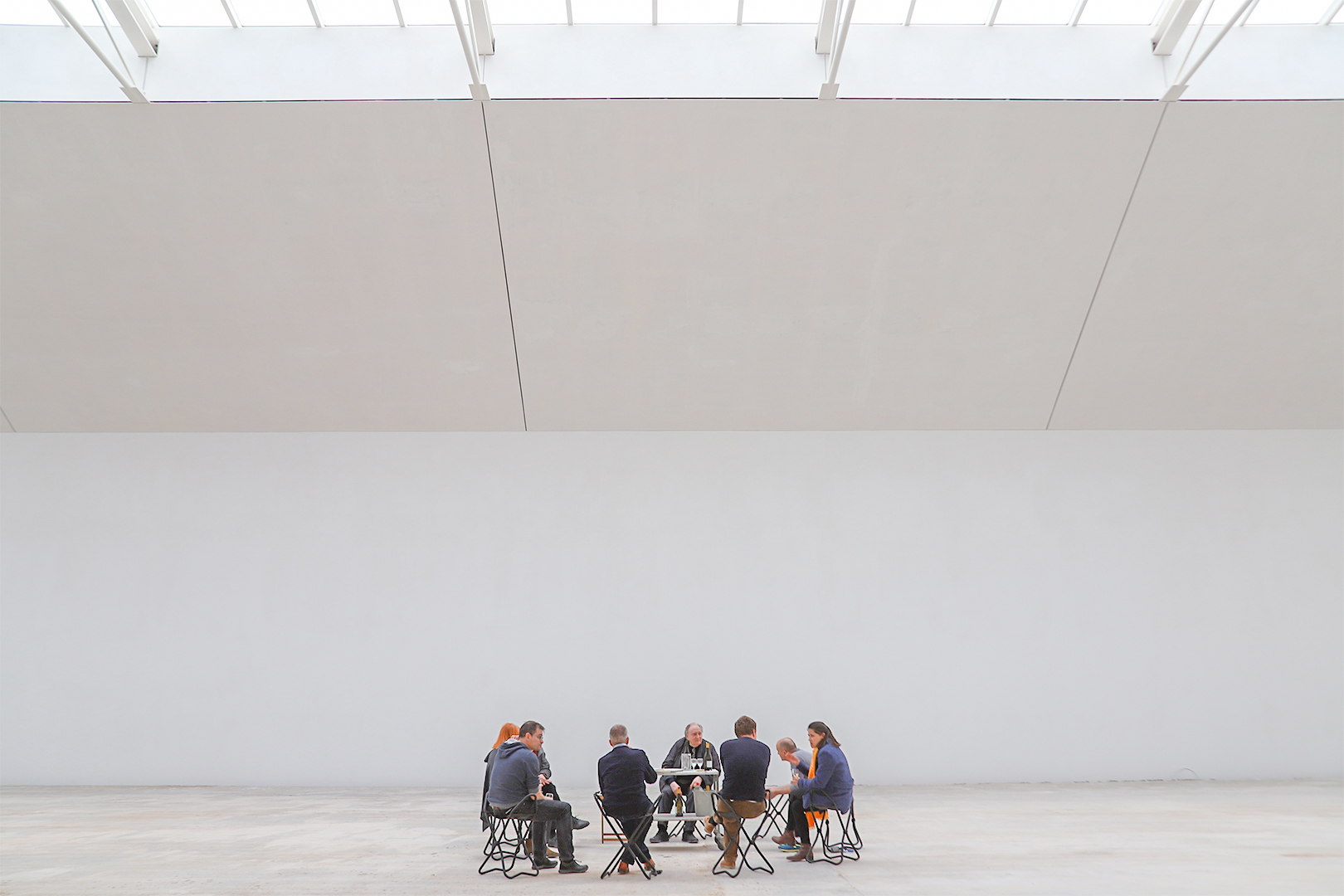
Impulses
In art, we are dealing with a force field that has an inestimable expanse. The more conscious our approach to it is, the more visible its value for us. We need forces that create impulses, which then generate other forces. Without this kind of energy flow, our society becomes passive and loses its ability to innovate.
Nowhere is the creative potential that we humans have at our disposal as undisguised as in art. Works of art are not just exemplary material for creative behavior; instead, if they are sufficiently loaded with energy, they cause creativity.
As a generator of impulses, art is in the position to turn observers into protagonists – shapers in the broadest sense. The power that is developed in an artwork and acts upon observers enters into a new shaping process; this can then lead to changes in society. If this force, which we experience in art, is accepted and applied, then it will emerge again in a new action. It will make people aware that the idea of being active is a fundamental constructive principle that can be used for all areas of life. This potential for further development allows the value of art to be seen in a new light.
16.08.2019
Text: © 2010-2019 Urs Raussmüller / Raussmüller
Translated by Christopher Langer
Photos: 1, 3-5: Lisa Köllner, 2: Robert Raussmüller / © Raussmüller
